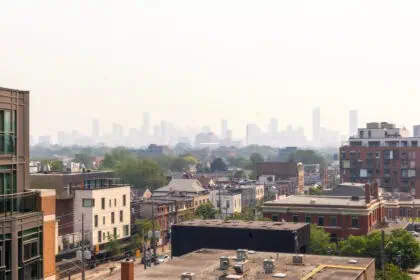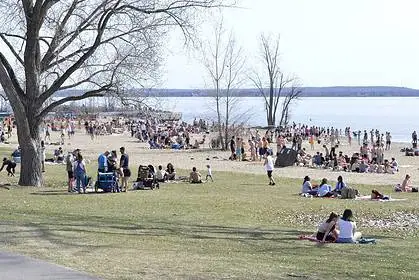
Hot and dry conditions forecast across Southern British Columbia
As of Monday, June 9, 2025, Environment Canada has issued an early season heat warning for Southern British Columbia, forecasting daytime temperatures reaching the low 30s°C (86°F–91°F) along the coast and pushing toward the mid-30s°C (95°F) inland. The Lower Mainland, Okanagan, Whistler, and Vancouver Island are under special weather statements, with more than 30 alerts issued over the weekend.
A ridge of high pressure dominates the forecast
This heatwave is driven by a strong ridge of high pressure, trapping dry air and suppressing cloud development, resulting in clear skies and intensified solar radiation. The lack of early-summer acclimatization, as warned by Environment Canada, makes this event potentially hazardous, especially for vulnerable groups and outdoor workers.
Overnight warmth offers little relief
Minimum temperatures overnight are forecasted to remain in the low to mid-teens°C (approximately 54°F–59°F), offering limited cooling for homes without air conditioning. These warm nights can increase the risk of heat-related illnesses, particularly when combined with prolonged exposure to high daytime temperatures.
Health authorities raise concern over heat stress
Environment Canada highlights the risk of heat illness, urging residents in affected areas such as Kelowna, Nanaimo, Victoria, and Metro Vancouver to monitor for symptoms like profuse sweating, cramps, fainting, rashes, and exacerbation of pre-existing conditions.
They recommend taking measures to reduce indoor heat by drawing curtains or blinds during peak sun hours, as fans alone are not sufficient to cool the body effectively during extreme conditions.
Outlook through midweek: no immediate relief expected
Forecast models suggest that the ridge pattern will persist through early to midweek, meaning continued dry, hot conditions with little chance of precipitation. Elevated UV indices and dry soil moisture will also increase the risk of wildfire ignition, particularly in areas already under moderate drought.
Stay updated through local media, Environment Canada bulletins, and be aware of any cooling centre availability provided by municipal governments in southern British Columbia.










